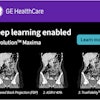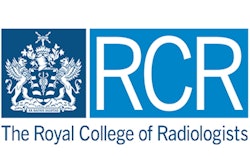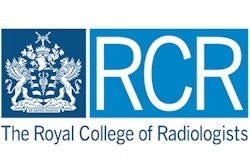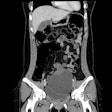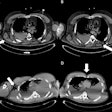Diagnostic radiology lacks a common standardized language to communicate processes, statistical analysis, and performance benchmarking, and this can lead to mistakes in terminology, measurement, and performance analysis when radiology services are externally benchmarked or when radiology staff need to communicate with staff outside the field, according to the U.K. Royal College of Radiologists (RCR).
To mitigate this issue, the RCR has released a report giving recommendations for a common standardized language to improve communication about processes, performance, and measurement. It's available for free download.
In the 16-page report, the authors noted that diagnostic radiology, being heavily process-driven, lends itself particularly well to standardization of terminology used for stages and status points at given time points in the workflow between the initial referral and the delivery of results. In addition, many of the processes of diagnostic radiology inherently require consistency, as they have been designed for compliance with U.K. legislation (e.g., IR[ME] R 20242 and IR[ME]R [NI] 20183).
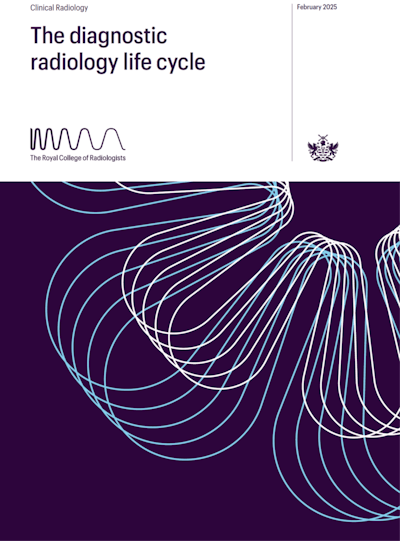 The new terminology guidance from the RCR
The new terminology guidance from the RCR
The adoption of standard terminology, the authors point out in their guidance, offers several benefits, including better communication among radiology staff, improved understanding of radiological processes and procedures by staff outside of radiology, improved accuracy of benchmarking and statistical analysis at different scales (local, regional, and national) through the use of standard time points. Furthermore, standardized terminology used among software vendors in the industry would eliminate the need to learn new terminologies with a change of vendor or solution, they said.
Importantly, the authors note that standard terminology also offers benefits in patient treatment: Standardized time points enable the ability to measure the impact of imaging on treatment and measure progress consistently. Furthermore, the use of standard episode priority offers the benefit of safer patient care.
“Standardised terminology is fundamental to effective patient care. It is required to facilitate working between institutions or across networks and is increasingly important as artificial intelligence (AI) is further integrated into radiology working practices,” they stated.
Terminology the authors specifically define includes the following:
- Referral: In radiology, a referral is synonymous with a request -- and the term order is more common outside of the U.K.
- Episode: A discrete event in a patient’s timeline; the authors note that an episode most frequently denotes a single radiological examination or procedure but may include more than one -- and may also be referred to as an attendance.
- Study/examination: These are synonymous terms referring to the individual tests performed (e.g., a CT or MRI) during an episode.
- Report: The formal medical report communicated by an appropriately trained and qualified individual to describe the findings of a study, reach a diagnosis (where possible), and offer advice and guidance for future management.
Furthermore, the RCR also offers standardized terminology for the radiology life cycle, breaking the main cycle into the three stages of pre-acquisition, acquisition, and post-acquisition. They noted that breaking the diagnostic radiology process into these three main stages creates two natural points of measurement: time to acquisition (tAcquisition) -- i.e., the time between referral and image acquisition; and time to report (tReport) -- i.e., the time between image acquisition and completion of the report.
“We feel that these two important points of measurement offer a good performance overview of diagnostic imaging services, appreciating the different challenges to reach timely image acquisition and to then interpret the images and issue a report,” the authors wrote.
They further break down the life cycle stages and specific terminology, with recommendations for each stage through reporting.
The authors also noted that, while they considered prioritization to be beyond the scope of their guidance, aspects of it inherently affect the areas which are covered by the report, noting, “Appropriate prioritisation has an impact on efficiency and safety, and if terminology is not standardised then study priorities may be conflicting between different units. This is particularly important when radiology is scaled to a regional or national network level.”
Helpful input was received from the NHS England National Imaging Team and the RCR's Radiology Informatics Committee, they added.
You may download the report at the RCR website.



